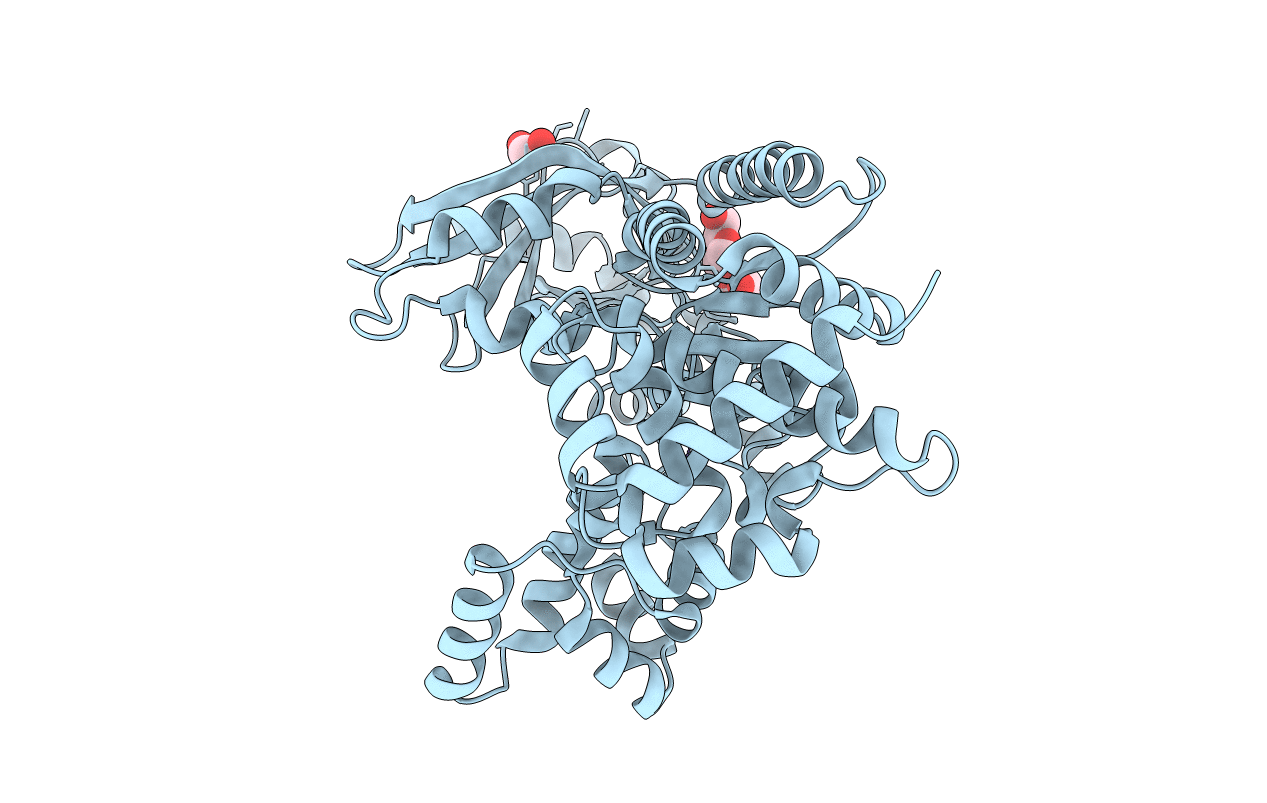
Deposition Date
2014-05-15
Release Date
2014-11-12
Last Version Date
2023-12-27
Method Details:
Experimental Method:
Resolution:
2.20 Å
R-Value Free:
0.21
R-Value Work:
0.17
R-Value Observed:
0.17
Space Group:
P 21 21 21


